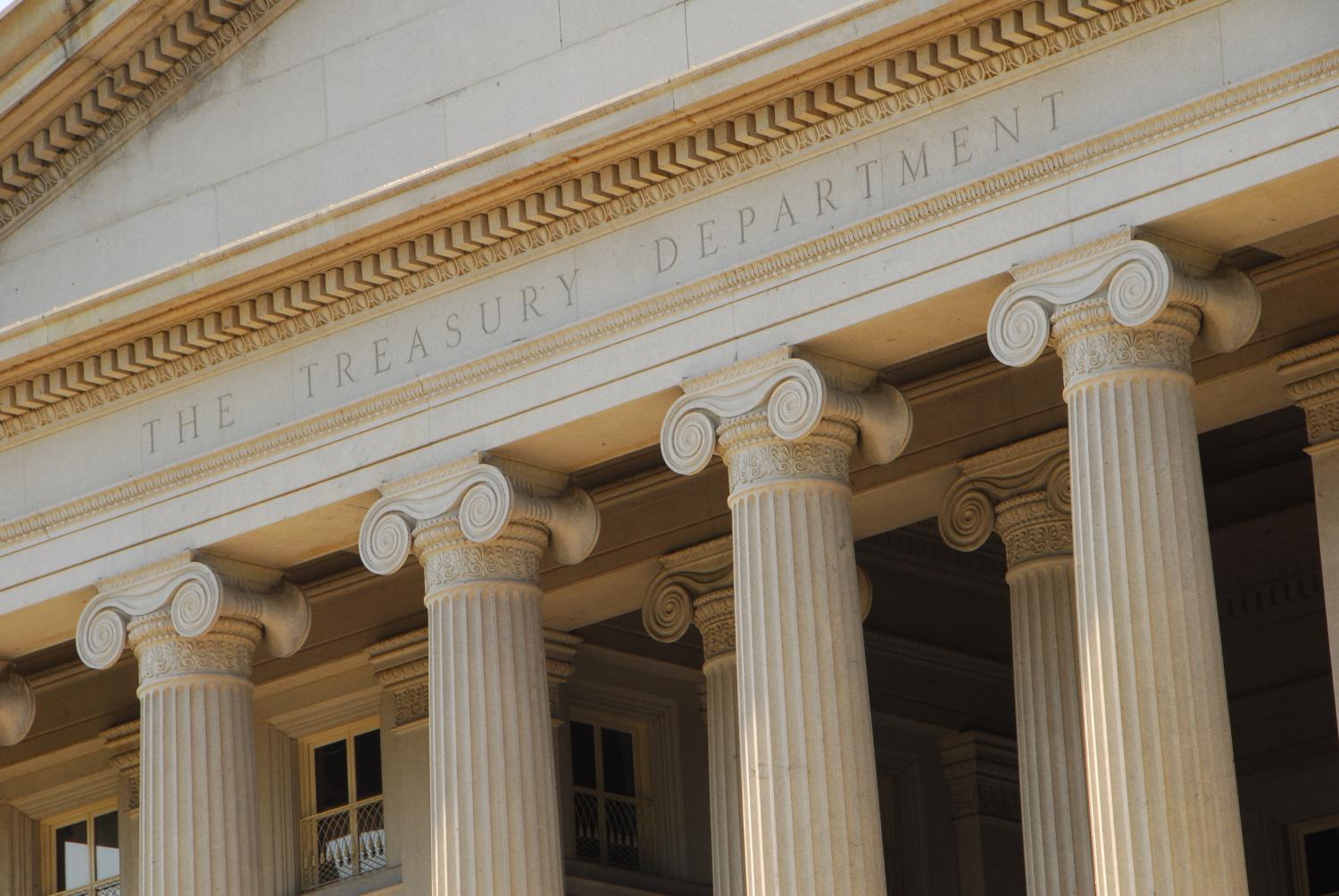This paper was prepared as background for the Hutchins Center webinar, “COVID-19 and the financial system: How and why were financial markets disrupted?”. An earlier version of the paper was published on May 27, 2020.
The market for U.S. Treasuries has long been viewed as the world’s most liquid and deepest financial market. That presumption was questioned when the COVID-19 crisis triggered heavy investor demands for trading that overwhelmed the capacity of dealers who usually serve as middlemen in this market. Over several tense days in March, yields rose sharply, calling into question the longstanding view that Treasuries are a reliable safe haven in a crisis. Bid-offer spreads widened dramatically, the yields of similar-maturity Treasuries were no longer close to each other, and the number of failures to settle jumped.
Although the Fed, through an unprecedented quantity of Treasury purchases and other actions, was able to restore market liquidity, the episode revealed the Treasury market to be overdue for an upgrade. Since 2008, growing federal deficits have caused the stock of marketable Treasuries to grow significantly relative to dealer balance sheets, and growth of those balance sheets has been constrained, in part, by regulatory reforms imposed after the 2008-2009 crisis. Without changes, the size of the Treasury market will outstrip the capacity of dealers to safely intermediate the market on their own balance sheets, causing more frequent bouts of market illiquidity that will raise doubts over the safe haven status of U.S. Treasuries and increase the cost to taxpayers of financing growing federal deficits.
In this working paper written for the Hutchins Center on Fiscal and Monetary Policy, Darrell Duffie of Stanford’s Graduate School of Business proposes a study of the costs and benefits of requiring central clearing of the Treasury transactions of all firms that are active in the market. Under the current system, it is usually up to the buyer to pay the seller, and to the seller to deliver the Treasuries to the buyer. Under central clearing, the original buyer and seller would no longer be exposed to each other for settlement risk—they instead would deal with the central counterparty, also known as a clearinghouse. When all trades are with one counterparty, they can be netted against each other, requiring far less commitment of dealers’ balance sheets. Central clearing improves market safety by lowering exposure to defaults. Although central clearing would increase user costs, mainly because of large commitments of capital and liquidity to the clearinghouse, Duffie concludes it would improve financial stability, increase market transparency, and reduce the current heavy reliance of the market on the limited space available on dealer balance sheets to maintain liquid markets.
Mandatory central clearing has long been required in the futures market. The Dodd-Frank reforms required it for most derivatives trading. Central clearing is also routine in the equities market. For example, the SPDR S&P 500 ETF, which has greater gross risk flows than the 10-year Treasury note, is a centrally cleared exchange-traded security. Concentrating the settlement risk of a large market at a central counterparty can make the clearinghouse systemically important and potentially “too big to fail.” So careful regulation, supervision, and failure resolution planning are essential, Duffie says.
The author is a member of the board of Dimensional Funds, representing the interests of shareholders of mutual funds, some of which invest in Treasury securities, and has also recently been compensated for an expert report in litigation covering issues that include central clearing and all-to-all trade in the market for swaps.



